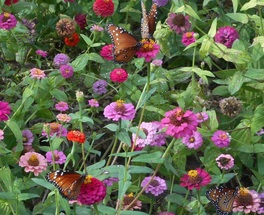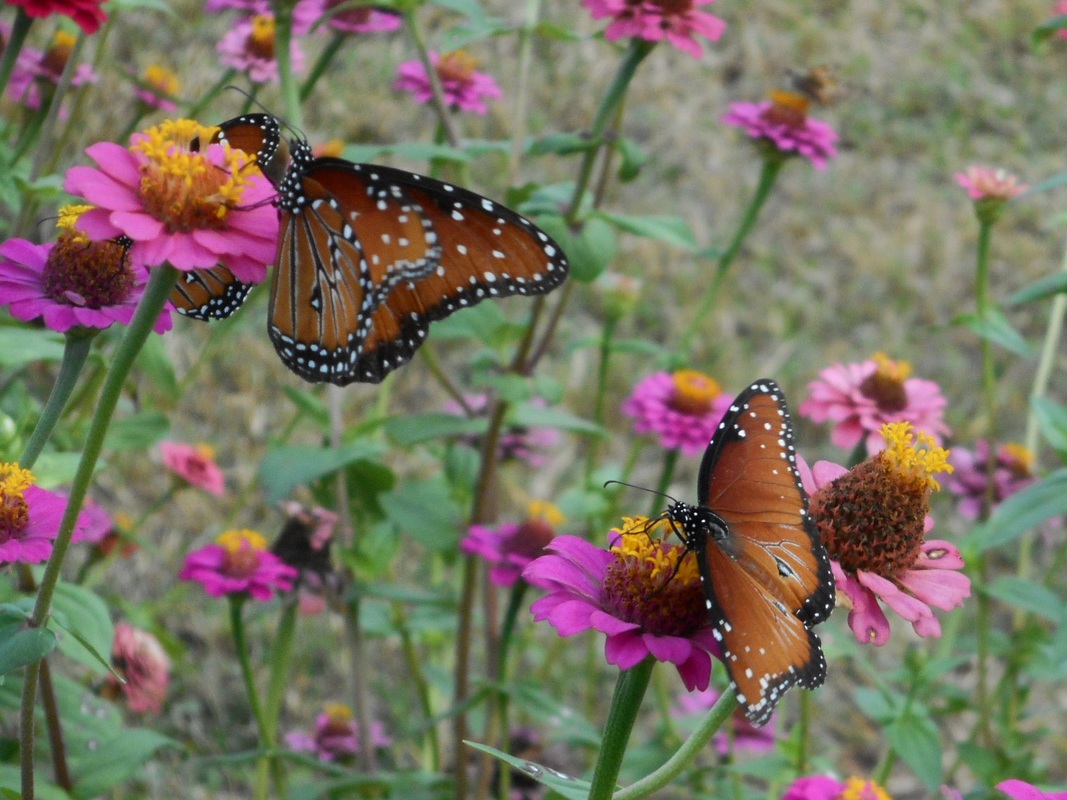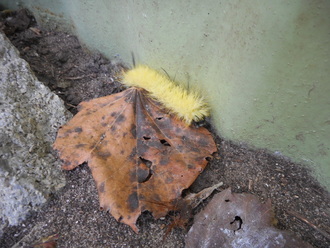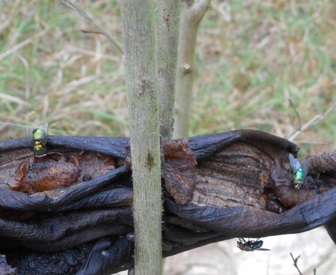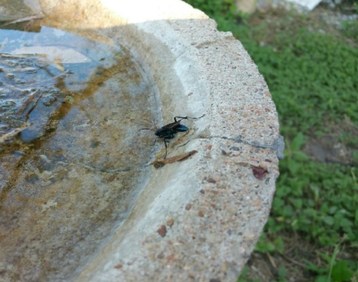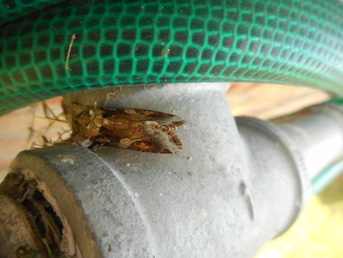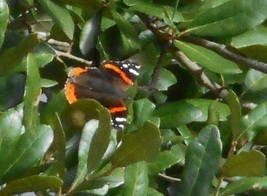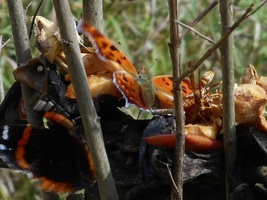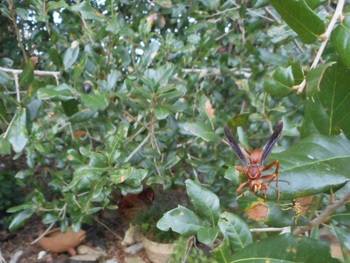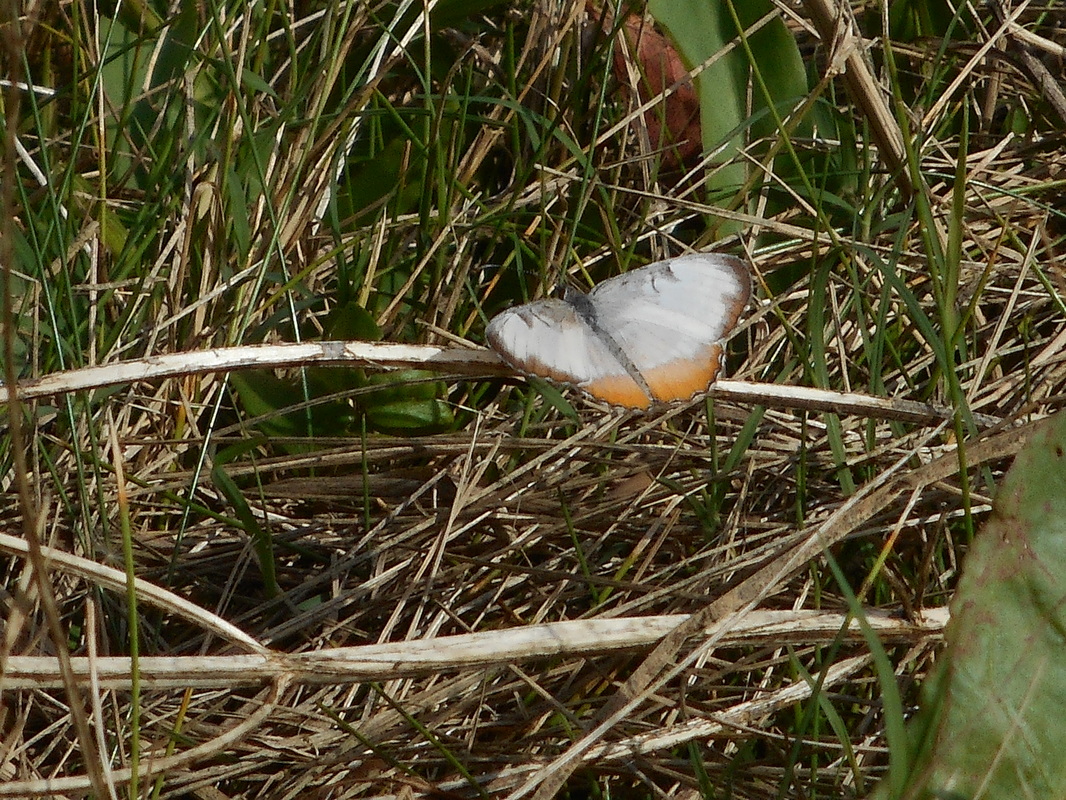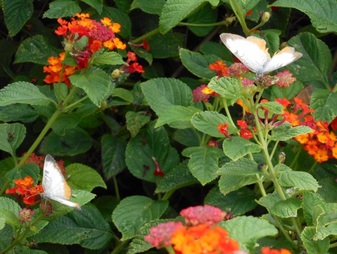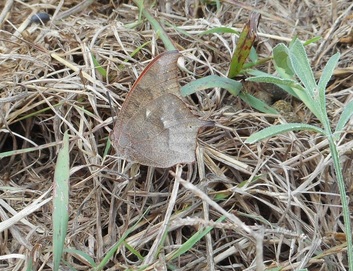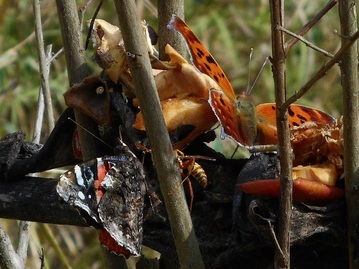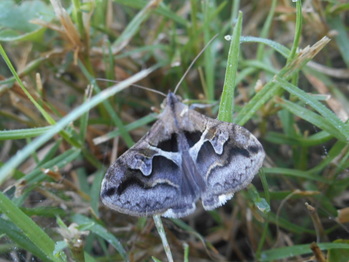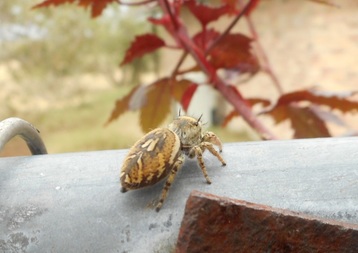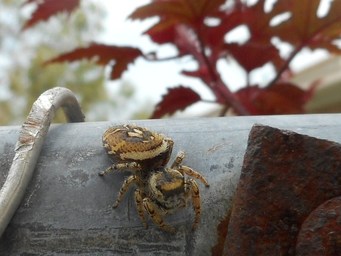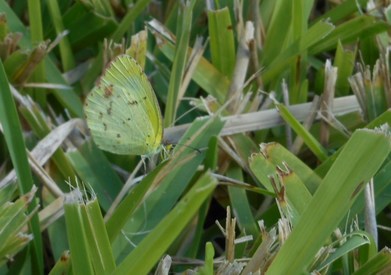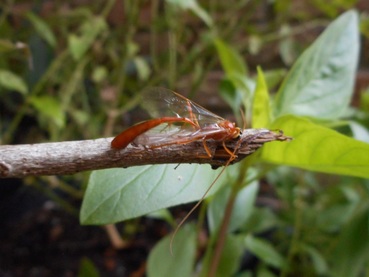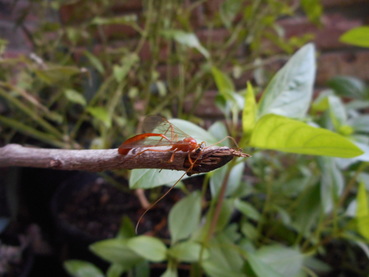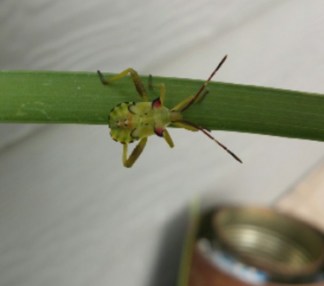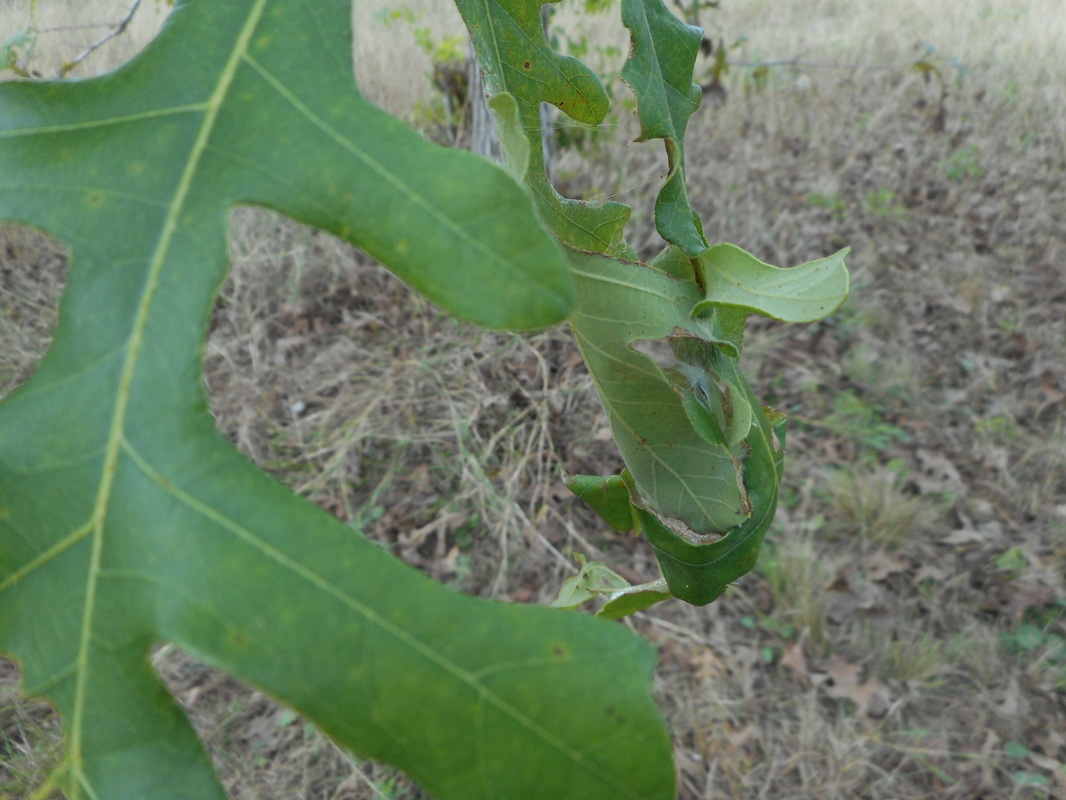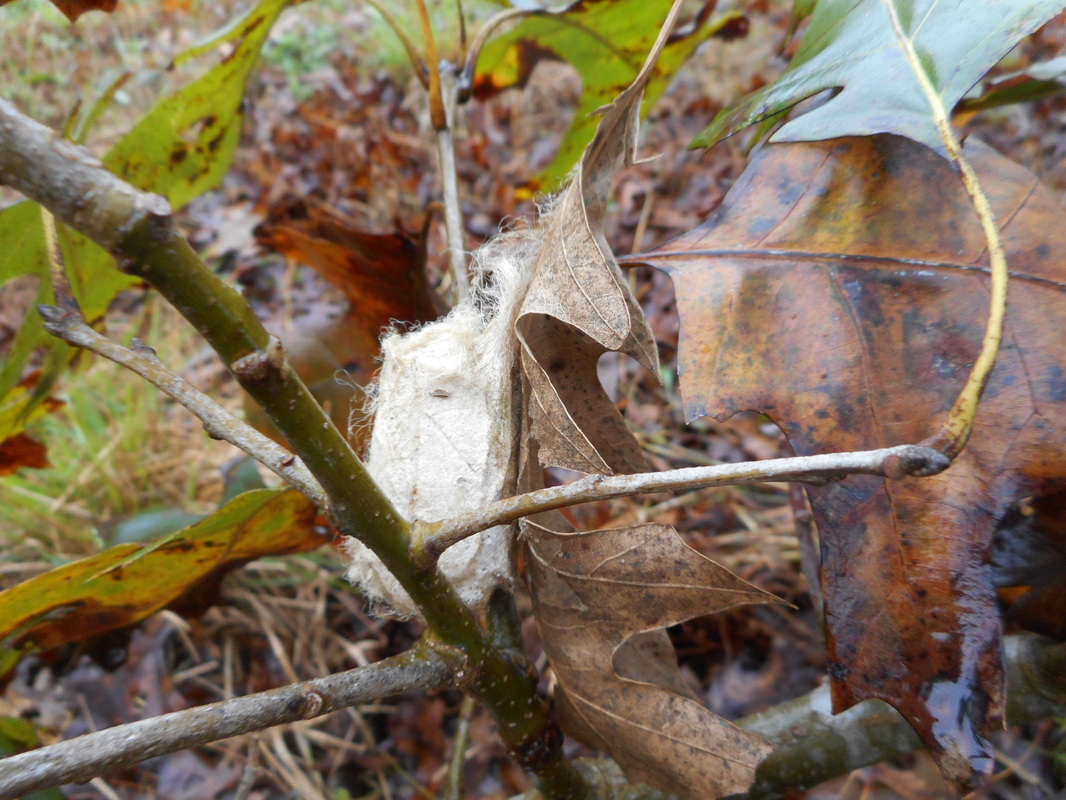To help find the hidden guest, click on the pictures below to enlarge.
Answers can be found at the bottom of this page.
Answers can be found at the bottom of this page.
|
88. Queen Butterfly:
a) lives in fields and areas with milkweed plants b) looks exactly like a Monarch butterfly c) is a predator d) all of the above e) a and c only |
|
95. Red Admiral Butterfly:
a) has a wide variety of habitat choices b) will sit on your shoulder c) prefers warm weather in winter d) feeds on nectar, sap and animal droppings e) all of the above |
|
97. Common Mestra Butterfly:
a) is not a strong flier b) at one time was named “Amymone” c) has an unusual color pattern d) all of the above e) b only |
|
99. Goatweed Butterfly:
a) has hook forewing tips b) topside of wings are bright orange c) is a very fast flier d) has white fringe edges on wings e) all of the above |
|
101. Methphid Jumping Spider:
a) is beneficial because it preys on other arthropods b) lives in gardens and woods c) female makes a cocoon for her eggs d) all of the above e) b and c only |
|
102. Sulphur Butterflies:
a) are widespread in Texas b) have a wide variety of habitats c) color ranges from yellow, green, orange and white d) a, and b only e) a, b and c |
|
103. Ichneumon Wasp:
a) is a parasitic (preys on) wasp b) female places her eggs into the larvae of pest insects c) adults can feed on flower nectar d) is beneficial e) all of the above |
|
105. Cocoon:
a) all of the below b) is woven around the pupa by the larva c) is the third stage in complete metamorphosis cycle d) can be camouflaged with leaves of the host plant e) protects the insect until the adult emerges |
|
